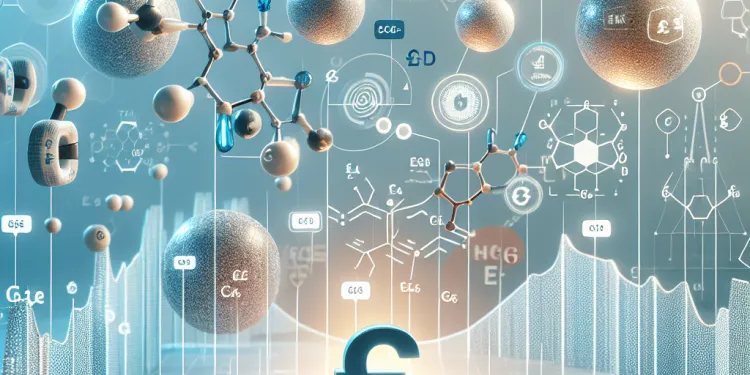
Find Help
More Items From Ergsy search
-

What impact does GLP-1 have on glucose metabolism?
Relevance: 100%
-

What is GLP-1?
Relevance: 63%
-

Is GLP-1 naturally occurring?
Relevance: 59%
-
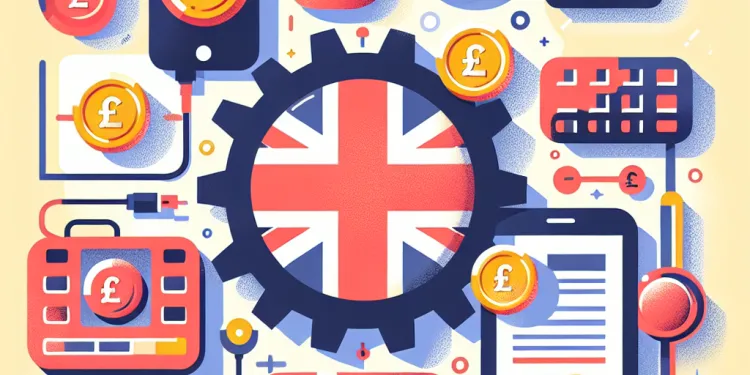
What does GLP-1 stand for?
Relevance: 57%
-

Can GLP-1 levels be measured?
Relevance: 57%
-
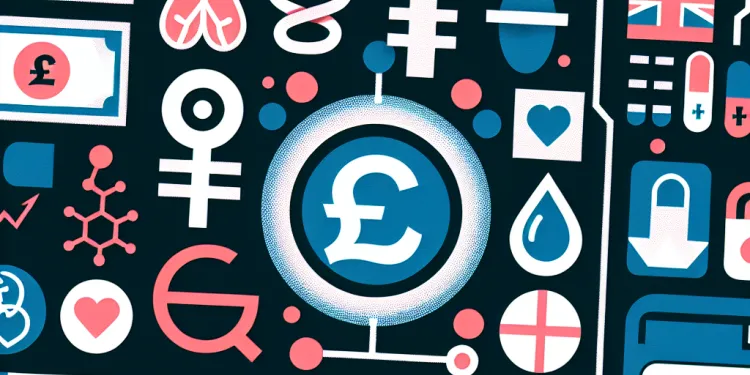
Is GLP-1 related to any other hormones?
Relevance: 56%
-
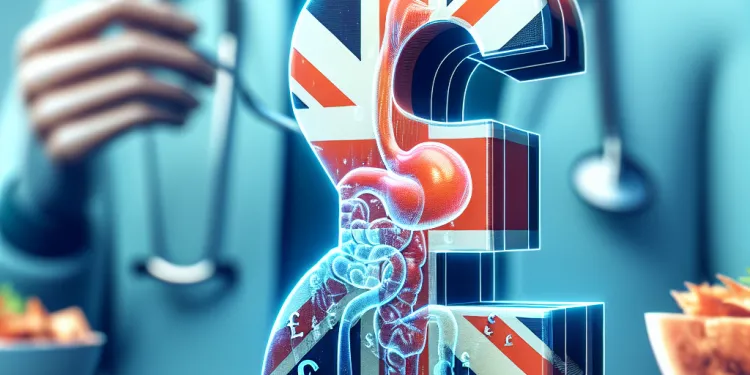
How does GLP-1 affect appetite?
Relevance: 56%
-

What is the connection between GLP-1 and insulin?
Relevance: 55%
-
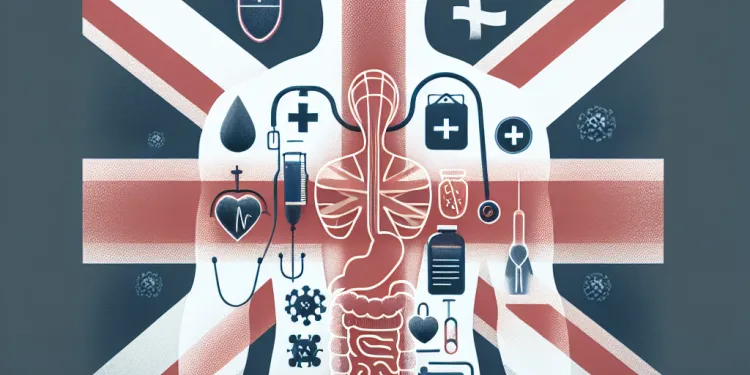
Where is GLP-1 produced in the body?
Relevance: 54%
-

Are there any dietary factors that influence GLP-1 secretion?
Relevance: 52%
-
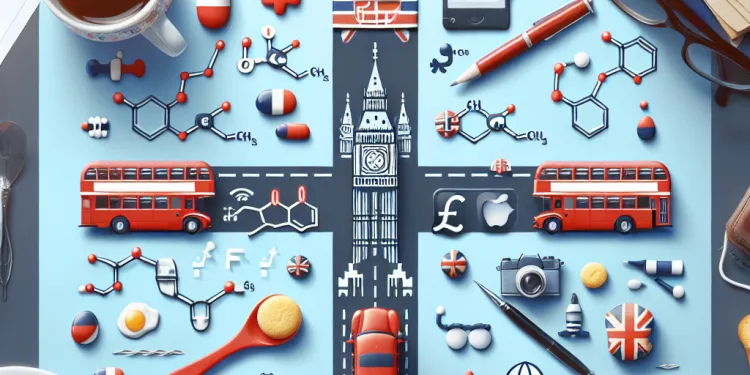
What is the role of cortisol in metabolism?
Relevance: 52%
-

What is the half-life of GLP-1?
Relevance: 52%
-

How do GLP-1 receptor agonists work?
Relevance: 51%
-
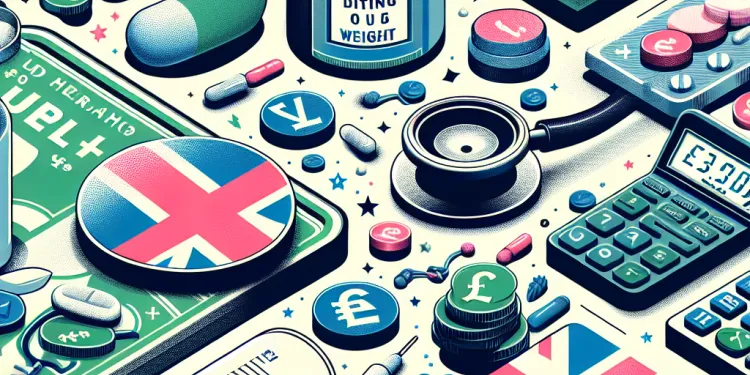
Do GLP-1 medications affect weight?
Relevance: 49%
-
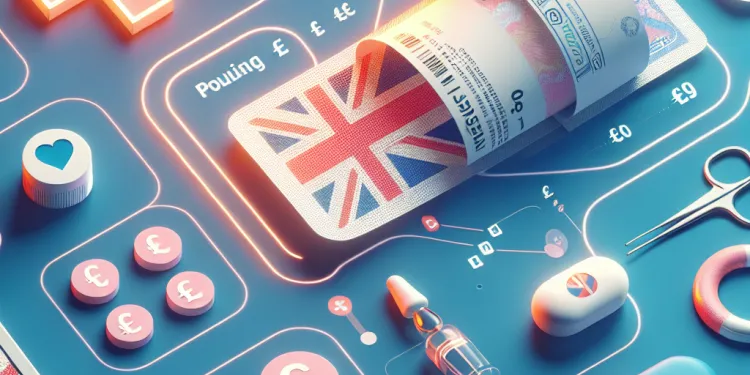
Can GLP-1 be used as a medication?
Relevance: 47%
-
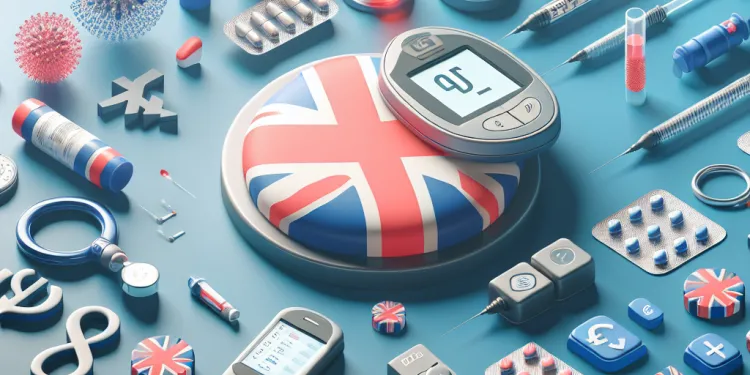
What role does GLP-1 play in diabetes management?
Relevance: 45%
-
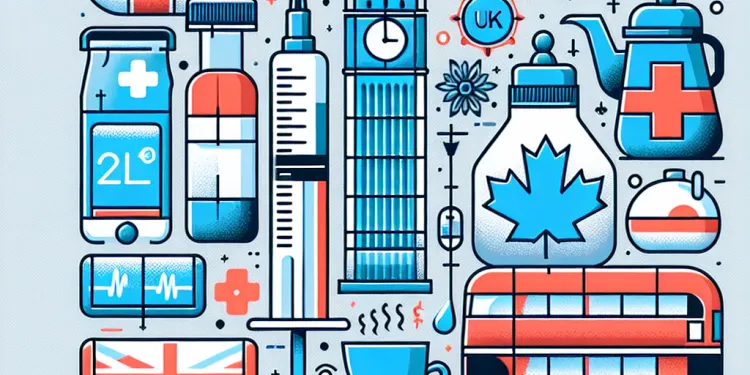
Are GLP-1 medications injectable?
Relevance: 45%
-
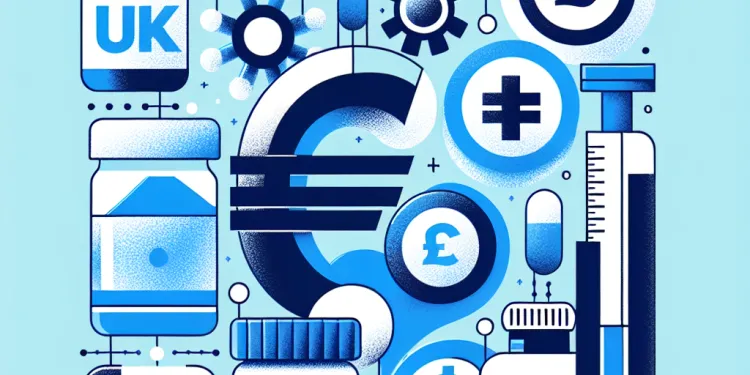
Are there any GLP-1 medications that are taken orally?
Relevance: 41%
-

How often should I check my blood glucose levels?
Relevance: 37%
-
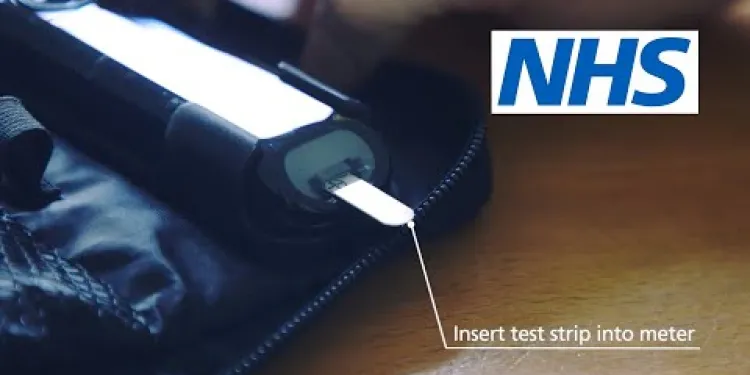
Diabetes: How to check your blood glucose level | NHS
Relevance: 36%
-
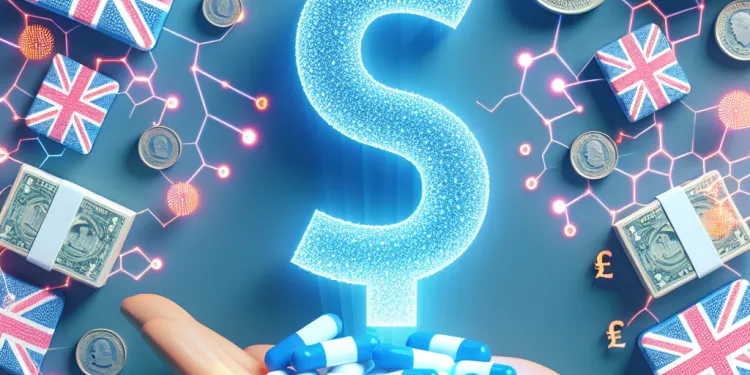
What are incretins?
Relevance: 35%
-
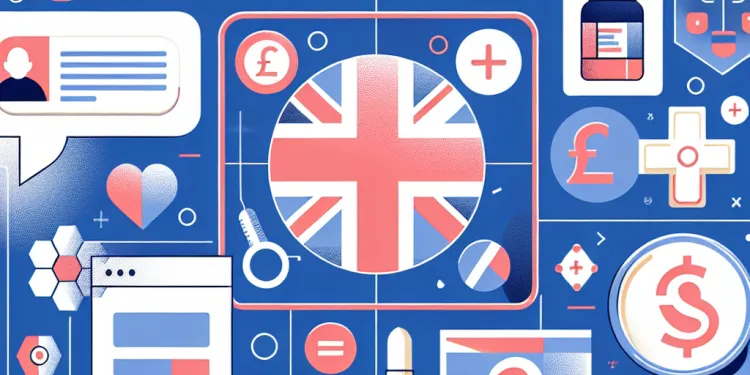
Are there any common side effects of GLP-1 medications?
Relevance: 33%
-
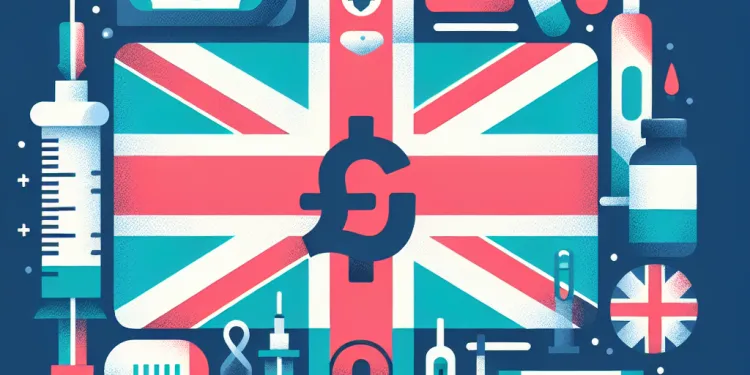
Can GLP-1 be used for type 1 diabetes?
Relevance: 32%
-

How does Mounjaro work?
Relevance: 28%
-

What is the active ingredient in Mounjaro?
Relevance: 23%
-

Is Ozempic suitable for type 1 diabetes?
Relevance: 22%
-

How does Ozempic work?
Relevance: 21%
-

Can Baxdrostat affect blood sugar levels?
Relevance: 20%
-

What causes Type 2 Diabetes?
Relevance: 20%
-

How does cortisol affect the body's stress response?
Relevance: 20%
-

Is Ozempic a form of insulin?
Relevance: 20%
-
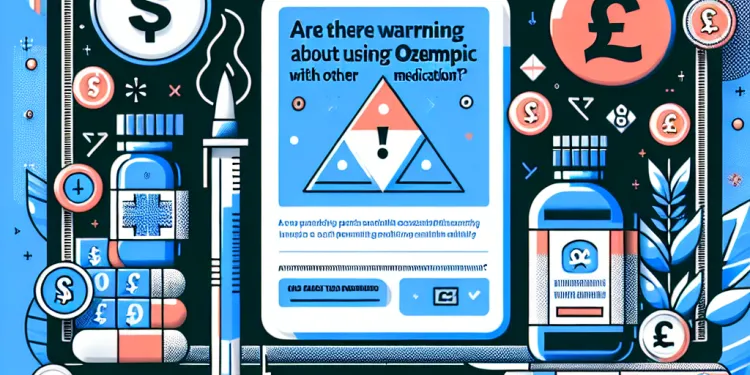
Are there warnings about using Ozempic with other medications?
Relevance: 18%
-

Are there any long-term effects of using Ozempic?
Relevance: 18%
-

Can Ozempic cause low blood sugar (hypoglycemia)?
Relevance: 17%
-

Can Mounjaro be used in type 1 diabetes?
Relevance: 17%
-

Is there any risk of hypoglycemia with Mounjaro?
Relevance: 17%
-

What is the active ingredient in Wegovy?
Relevance: 16%
-

How long does it take to see weight loss results with Ozempic?
Relevance: 16%
-

How is Type 2 Diabetes diagnosed?
Relevance: 16%
-
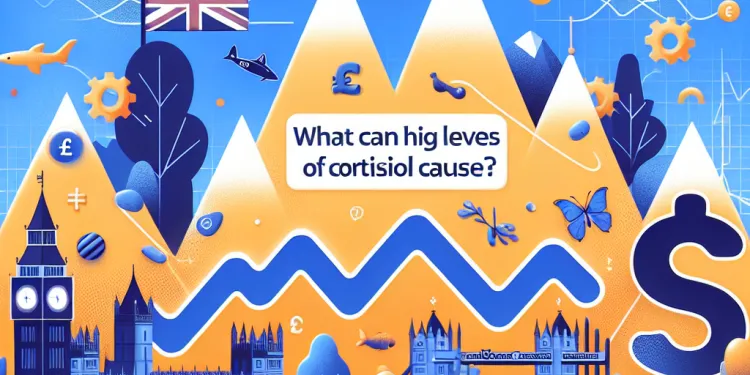
What can high levels of cortisol cause?
Relevance: 16%
Introduction to GLP-1
Glucagon-like peptide-1, commonly referred to as GLP-1, is a hormone that plays a crucial role in glucose metabolism. It is part of a group of hormones called incretins, which are released after eating and help in managing insulin levels. Understanding the impact of GLP-1 on glucose metabolism is essential, particularly in the context of diabetes management.
The Role of GLP-1 in Insulin Secretion
One of the primary roles of GLP-1 in glucose metabolism is its ability to enhance insulin secretion. GLP-1 is secreted by the intestinal L-cells in response to nutrient intake. Once released, GLP-1 stimulates the pancreatic beta-cells to release insulin in a glucose-dependent manner. This means that insulin is secreted only when it is needed, thus helping to maintain optimal blood glucose levels.
Reduction of Glucagon Levels
GLP-1 also impacts glucose metabolism by inhibiting the release of glucagon, a hormone responsible for increasing blood glucose levels. Glucagon is produced by the alpha cells of the pancreas and normally acts to raise blood glucose by promoting glycogenolysis and gluconeogenesis in the liver. By reducing glucagon release, GLP-1 helps to prevent excessive elevations in blood glucose levels after meals.
Slowing of Gastric Emptying
Another significant impact GLP-1 has on glucose metabolism is its ability to slow gastric emptying. This action helps to regulate the rate at which glucose enters the bloodstream after eating. By slowing down gastric emptying, GLP-1 ensures a gradual absorption of glucose, which contributes to a reduction in postprandial glucose spikes and improved overall glycaemic control.
Enhancement of Satiety
GLP-1 promotes a feeling of fullness, which can help reduce overall calorie intake. This is particularly beneficial for individuals with type 2 diabetes or those who are overweight, as controlling appetite can lead to better weight management and improved insulin sensitivity. Enhanced satiety is achieved as GLP-1 acts on the brain to induce feelings of satiety and reduce food intake.
Implications for Diabetes Treatment
The actions of GLP-1 on glucose metabolism have been harnessed in the development of GLP-1 receptor agonists, which are used as treatments for type 2 diabetes. These medications replicate the effects of natural GLP-1, improving insulin secretion, reducing glucagon levels, slowing gastric emptying, and enhancing satiety. As a result, GLP-1 receptor agonists help in achieving better glucose control with a lower risk of hypoglycemia compared to some other diabetes treatments.
Conclusion
In summary, GLP-1 plays a critical role in glucose metabolism through various mechanisms. It enhances insulin secretion, reduces glucagon levels, slows gastric emptying, and promotes satiety. These actions make GLP-1 a valuable target for diabetes treatment, contributing to better glycaemic control and improved outcomes for individuals with type 2 diabetes. Understanding and harnessing GLP-1's impact on glucose metabolism continues to be a focus of research and therapeutic development.
What is GLP-1?
GLP-1 is a hormone that helps control sugar in the blood. It is part of a special group of hormones called incretins. These hormones come out after we eat and help manage insulin, which is key for people with diabetes.
How GLP-1 Helps with Insulin
GLP-1 helps the body make more insulin when it's needed. After we eat, GLP-1 is released from the gut. It tells the pancreas to release insulin, which helps sugar enter the cells in your body. This keeps blood sugar levels balanced.
Lowering Glucagon
GLP-1 also stops the release of another hormone called glucagon. Glucagon usually raises blood sugar. By lowering glucagon, GLP-1 helps keep blood sugar from getting too high after meals.
Slowing Down Digestion
GLP-1 slows how fast the stomach empties. This means sugar enters the blood more slowly. It helps keep blood sugar levels steady and avoids large spikes right after eating.
Feeling Full Longer
GLP-1 helps us feel full after eating. This can help people eat less, which is good for those with type 2 diabetes or extra weight. Feeling full helps with weight management and makes insulin work better.
How GLP-1 Helps Treat Diabetes
Doctors use medicines called GLP-1 receptor agonists to treat type 2 diabetes. These medicines mimic GLP-1 and help control blood sugar levels safely. They can improve insulin, lower glucagon, slow digestion, and make you feel full.
Summary
GLP-1 is important for keeping blood sugar balanced. It helps with insulin, lowers glucagon, slows digestion, and makes you feel full. These abilities make it useful for treating diabetes and help improve life for people with type 2 diabetes.
For help understanding this, you might use pictures, simple charts, or digital tools that read text out loud. These can support comprehension and learning.
Frequently Asked Questions
What is GLP-1?
GLP-1, or glucagon-like peptide-1, is an incretin hormone produced in the gut that enhances insulin secretion in response to ingested nutrients.
How does GLP-1 affect glucose metabolism?
GLP-1 improves glucose metabolism by stimulating insulin secretion, inhibiting glucagon release, slowing gastric emptying, and reducing appetite.
Does GLP-1 influence insulin secretion?
Yes, GLP-1 enhances insulin secretion from the pancreas in a glucose-dependent manner.
How does GLP-1 reduce blood glucose levels?
GLP-1 lowers blood glucose by increasing insulin levels, decreasing glucagon levels, and slowing gastric emptying, which prolongs nutrient absorption.
What role does GLP-1 play in the pancreas?
In the pancreas, GLP-1 stimulates beta cells to secrete insulin and suppresses alpha cells from releasing glucagon.
Does GLP-1 have any effects on appetite?
Yes, GLP-1 reduces appetite and food intake by acting on the brain's appetite regulation centers.
Why is GLP-1 important for people with type 2 diabetes?
GLP-1 is important for managing type 2 diabetes as it helps to regulate blood glucose levels through its effects on insulin and glucagon secretion.
Can GLP-1 therapy lead to weight loss?
Yes, GLP-1 receptor agonists can lead to weight loss by reducing appetite and slowing gastric emptying.
What are GLP-1 receptor agonists?
GLP-1 receptor agonists are medications that mimic the action of GLP-1, helping to enhance insulin secretion and lower blood glucose levels.
How does GLP-1 impact gastric emptying?
GLP-1 slows gastric emptying, which delays nutrient absorption and contributes to prolonged postprandial glucose levels.
Are there any adverse effects associated with GLP-1 therapy?
Some common side effects of GLP-1 therapy include nausea, vomiting, and diarrhea, primarily due to its effects on the gastrointestinal tract.
Does GLP-1 have an effect on hepatic glucose production?
Yes, GLP-1 reduces hepatic glucose production by suppressing glucagon levels, which in turn limits glycogenolysis and gluconeogenesis in the liver.
How is GLP-1 inactivated in the body?
GLP-1 is rapidly inactivated by the enzyme dipeptidyl peptidase-4 (DPP-4) in the body.
What is the relationship between GLP-1 and glucagon?
GLP-1 inhibits the secretion of glucagon, a hormone that promotes glucose production, thereby helping to lower blood glucose levels.
How long does GLP-1 remain active in the body?
GLP-1 has a short half-life of approximately 1-2 minutes after secretion due to rapid degradation by DPP-4.
Can GLP-1 therapy help with cardiovascular health?
Some studies suggest that GLP-1 receptor agonists can improve cardiovascular outcomes in people with type 2 diabetes.
Is GLP-1 therapy beneficial for weight management?
Yes, GLP-1 therapy can aid in weight management by reducing appetite and caloric intake, leading to weight loss.
Are there natural ways to increase GLP-1 levels?
Ensuring a diet high in fiber and protein, and low in simple sugars can naturally enhance GLP-1 secretion following meals.
What impact does GLP-1 have on beta-cell function?
GLP-1 improves beta-cell function by promoting insulin gene expression and insulin biosynthesis, which enhances insulin secretion.
Is GLP-1 used in the treatment of any conditions besides diabetes?
Yes, GLP-1 receptor agonists are also used to treat obesity due to their appetite-suppressing effects.
What is GLP-1?
GLP-1 is something in your body that helps control blood sugar.
It tells your body to make insulin after you eat.
Insulin helps sugar move from your blood into your cells for energy.
If you're learning about GLP-1, you can use pictures, videos, or talk to your doctor for more help.
GLP-1 is a substance made in your belly. It helps your body release insulin when you eat food.
How does GLP-1 change how the body uses sugar?
GLP-1 is something your body makes. It helps the body use sugar better. When you eat, GLP-1 helps your body make more insulin. Insulin is like a key that lets sugar go into your cells. Then, your body uses the sugar for energy.
If you need help understanding this, you can:
- Ask someone to read it with you.
- Use a drawing to see how it works.
- Talk to a teacher or helper.
GLP-1 helps the body use sugar better. It does this by doing a few things:
- It helps the body make more insulin, which is a hormone that helps control sugar levels.
- It stops the body from releasing too much glucagon, another hormone that raises sugar levels.
- It slows down the way food moves from the stomach to the rest of the body.
- It also makes you feel less hungry.
You can use pictures or videos to understand better. You can also ask someone you trust to explain it to you. Books with big pictures and fewer words can help too.
Does GLP-1 affect how the body makes insulin?
GLP-1 is something in your body that helps control sugar levels. It can help your body make insulin.
Insulin is what your body uses to keep sugar levels normal.
If you find it hard to read, you can ask someone to explain it to you, or use a tool that reads the text out loud.
Yes, GLP-1 helps the pancreas make more insulin when there is sugar in the blood.
How does GLP-1 help lower blood sugar?
GLP-1 is a thing in your body that helps you manage blood sugar. Here's how it works:
- Makes Insulin: GLP-1 tells your body to make more insulin, which helps lower blood sugar.
- Slows Down Digestion: It slows down how fast food leaves your stomach, so sugar goes into your blood more slowly.
Tools to help:
- Images: Use pictures to see how GLP-1 works in your body.
- Videos: Watch videos that explain GLP-1 and blood sugar.
GLP-1 helps lower sugar in the blood. It does this by:
- Making the body produce more insulin.
- Making the body produce less glucagon.
- Slowing down how fast food leaves the stomach.
This helps the body take in food better.
Using pictures or videos can help explain this better!
What does GLP-1 do in the pancreas?
GLP-1 is a thing in your body that helps control sugar in your blood. It tells the pancreas to make more insulin. Insulin is what helps your body use sugar for energy.
Here are some ways to learn more about GLP-1 and the pancreas:
- Watch a video about how the pancreas works.
- Use picture cards to see how GLP-1 helps insulin.
The pancreas is a part of your body that helps control sugar levels.
GLP-1 is something in your body that helps the pancreas work.
GLP-1 makes beta cells give out insulin, which lowers sugar.
GLP-1 also stops alpha cells from giving out glucagon, which raises sugar.
If you find this tricky, using pictures or videos can help you learn.
Does GLP-1 affect how hungry you feel?
Yes, GLP-1 helps you eat less by changing how your brain feels hunger.
Why is GLP-1 important for people with type 2 diabetes?
GLP-1 is something in the body that helps control sugar levels. This is very important for people with type 2 diabetes.
Here is why GLP-1 is important:
- It helps the body make the right amount of insulin. Insulin helps lower sugar in the blood.
- It helps the body feel full after eating. This can stop people from eating too much.
- It can lower blood sugar levels.
People with type 2 diabetes can often have too much sugar in their blood. Having enough GLP-1 can help with this.
If you have type 2 diabetes, you can talk to your doctor about ways to help your GLP-1 work better.
Using pictures, simple charts, or talking to someone can also help you understand better.
GLP-1 helps people with type 2 diabetes. It keeps blood sugar levels just right. It does this by managing how the body uses insulin and glucagon.
Can GLP-1 medicine help you lose weight?
GLP-1 is a type of medicine. It can help some people lose weight. This medicine may make you feel less hungry.
If you want to know more, ask your doctor. They can tell you how it works and if it's right for you.
Some people find it useful to use tools like pictures or reading aloud apps to help understand.
Yes, GLP-1 receptor agonists can help you lose weight. They make you feel less hungry and can slow down how quickly your stomach empties food.
What are GLP-1 receptor agonists?
GLP-1 receptor agonists are medicines. They help your body use insulin better. Insulin is a hormone. It helps control sugar in your blood.
Doctors give these medicines to people with diabetes. Diabetes is when your blood sugar is too high.
If you find it hard to understand this, you can:
- Ask someone you trust to explain.
- Use pictures to help you learn about it.
- Watch a simple video on the topic.
GLP-1 medicines help the body to make more of a chemical called insulin. This helps to lower sugar in the blood.
How does GLP-1 affect stomach emptying?
GLP-1 makes food move slowly from the stomach to the intestines. This means the body takes longer to absorb nutrients. Because of this, blood sugar levels stay steady for a longer time after eating.
Does GLP-1 medicine have any bad side effects?
GLP-1 medicine might cause some problems for some people.
- Some might feel sick in the stomach.
- Others might have stomach pain.
- Some people might feel dizzy.
If you feel unwell after taking this medicine, it's good to tell a doctor.
Pictures and videos can help understand better. Listening to information can also be helpful.
Some common side effects of the medicine called GLP-1 are feeling sick (nausea), throwing up (vomiting), and runny poop (diarrhea). This usually happens because the medicine affects the stomach and intestines.
Does GLP-1 change how the liver makes sugar?
Yes, GLP-1 helps to lower sugar made by the liver. It does this by stopping a hormone called glucagon, which helps the liver to make less sugar.
What happens to GLP-1 in the body?
GLP-1 is a helper in the body. It does important jobs like helping control sugar levels.
After it helps, GLP-1 stops working. The body does this to use it safely. A special helper in the body, called an enzyme, stops the GLP-1. This keeps everything working well.
If you find reading hard, you can use:
- Reading tools that read out loud.
- Apps that show simple words.
- A friend to read with you.
GLP-1 is a chemical in the body. It stops working quickly because another chemical called DPP-4 breaks it down.
How do GLP-1 and glucagon work together?
GLP-1 and glucagon are chemicals in our body. They help control our blood sugar. You can use pictures to understand better.
GLP-1 helps keep blood sugar levels low. It stops a hormone called glucagon that makes more sugar in the blood.
How long does GLP-1 work in the body?
GLP-1 does not last long in the body. It breaks down quickly in about 1 to 2 minutes because of a thing called DPP-4.
Can GLP-1 treatment help the heart?
Some studies say that certain medicines can help people with type 2 diabetes have healthier hearts.
Can GLP-1 help you lose weight?
GLP-1 might help people lose weight. It is a type of medicine. Ask your doctor if it's good for you.
Here are some tips to help understand:
- Ask your doctor questions if something is unclear.
- Use pictures to help learn new words.
- Read with a friend or family member for support.
Yes, GLP-1 therapy can help people manage their weight. It makes you feel less hungry, so you eat less, and this can help you lose weight.
Can you make GLP-1 levels go up naturally?
Eating foods with lots of fiber and protein is good for your body. Try not to eat too much sugar. This helps your body work better after meals.
How does GLP-1 affect beta cells?
GLP-1 is a chemical in your body. It helps the beta cells in your pancreas work better. Beta cells make insulin, which controls sugar in your blood.
To understand this better, you can use pictures or videos. They can show how GLP-1 helps the beta cells. You can also use tools that read the text out loud to you. This makes it easier to learn.
GLP-1 helps the body make insulin. It makes the cells that produce insulin work better. This means the body can make and release more insulin.
Can GLP-1 help with things other than diabetes?
Yes, some medicines can help people eat less. These medicines are called GLP-1 receptor agonists. They can help people who are very overweight.
Useful Links
- Ergsy carfully checks the information in the videos we provide here.
- Videos shown by Youtube after a video has completed, have NOT been reviewed by ERGSY.
- To view, click the arrow in centre of video.
- Most of the videos you find here will have subtitles and/or closed captions available.
- You may need to turn these on, and choose your preferred language.
- Go to the video you'd like to watch.
- If closed captions (CC) are available, settings will be visible on the bottom right of the video player.
- To turn on Captions, click settings .
- To turn off Captions, click settings again.
More Items From Ergsy search
-

What impact does GLP-1 have on glucose metabolism?
Relevance: 100%
-

What is GLP-1?
Relevance: 63%
-

Is GLP-1 naturally occurring?
Relevance: 59%
-

What does GLP-1 stand for?
Relevance: 57%
-

Can GLP-1 levels be measured?
Relevance: 57%
-

Is GLP-1 related to any other hormones?
Relevance: 56%
-

How does GLP-1 affect appetite?
Relevance: 56%
-

What is the connection between GLP-1 and insulin?
Relevance: 55%
-

Where is GLP-1 produced in the body?
Relevance: 54%
-

Are there any dietary factors that influence GLP-1 secretion?
Relevance: 52%
-

What is the role of cortisol in metabolism?
Relevance: 52%
-

What is the half-life of GLP-1?
Relevance: 52%
-

How do GLP-1 receptor agonists work?
Relevance: 51%
-

Do GLP-1 medications affect weight?
Relevance: 49%
-

Can GLP-1 be used as a medication?
Relevance: 47%
-

What role does GLP-1 play in diabetes management?
Relevance: 45%
-

Are GLP-1 medications injectable?
Relevance: 45%
-

Are there any GLP-1 medications that are taken orally?
Relevance: 41%
-

How often should I check my blood glucose levels?
Relevance: 37%
-

Diabetes: How to check your blood glucose level | NHS
Relevance: 36%
-

What are incretins?
Relevance: 35%
-

Are there any common side effects of GLP-1 medications?
Relevance: 33%
-

Can GLP-1 be used for type 1 diabetes?
Relevance: 32%
-

How does Mounjaro work?
Relevance: 28%
-

What is the active ingredient in Mounjaro?
Relevance: 23%
-

Is Ozempic suitable for type 1 diabetes?
Relevance: 22%
-

How does Ozempic work?
Relevance: 21%
-

Can Baxdrostat affect blood sugar levels?
Relevance: 20%
-

What causes Type 2 Diabetes?
Relevance: 20%
-

How does cortisol affect the body's stress response?
Relevance: 20%
-

Is Ozempic a form of insulin?
Relevance: 20%
-

Are there warnings about using Ozempic with other medications?
Relevance: 18%
-

Are there any long-term effects of using Ozempic?
Relevance: 18%
-

Can Ozempic cause low blood sugar (hypoglycemia)?
Relevance: 17%
-

Can Mounjaro be used in type 1 diabetes?
Relevance: 17%
-

Is there any risk of hypoglycemia with Mounjaro?
Relevance: 17%
-

What is the active ingredient in Wegovy?
Relevance: 16%
-

How long does it take to see weight loss results with Ozempic?
Relevance: 16%
-

How is Type 2 Diabetes diagnosed?
Relevance: 16%
-

What can high levels of cortisol cause?
Relevance: 16%


